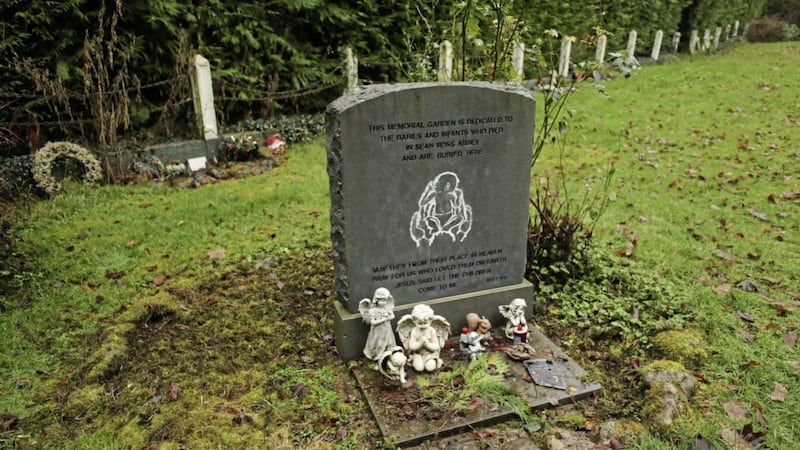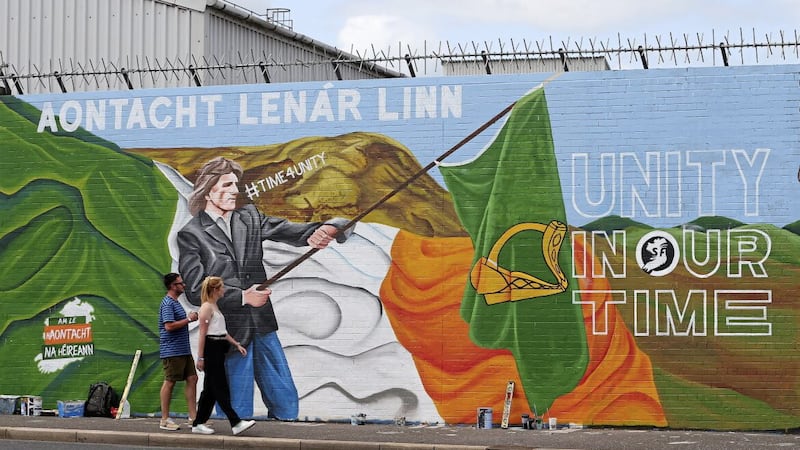In a wonderfully Irish conclusion to a specifically Irish scandal, the report on the Mother and Baby Homes effectively decided that no one was responsible for it. It just sort of happened or, as Micheál Martin suggested, it was society’s fault.
But it is a cop-out to blame society, while ignoring the political and religious leaders who hammered that society into a shape of their own design. So who did it, how they did it and, most importantly, why?
The answers lie in Ireland’s silent and shameful past.
The two main influences on society were Church and state, but they were given a golden opportunity to mould society by a third, largely ignored, factor: Irish independence. It will hardly be popular to suggest to nationalists that independence facilitated a repressive Irish society, because with the British gone, Ireland’s problems should have been solved.
But the Irish had never bothered asking what sort of Ireland they wanted. Instead they fought the War for Independence for a flag and not for people. So British withdrawal created a policy vacuum which allowed Church and political conservatives (both male dominated) to shape and rigidly control the new Ireland.
Only six years after 1916, they did not use the Proclamation as a template. They ignored its aims of civil and religious liberty and cherishing all the nation’s children equally. (If the British killed those who wrote the Proclamation, the Irish killed its contents.)
Instead, they reverted to the narrow nationalism of Daniel O’Connell’s Catholic Ireland and attempted to portray Ireland, at home and abroad, as a model of moral righteousness.
This was exemplified by appointing the extreme right wing Eoin O’Duffy as the first head of the Garda. He saw policing as protecting Catholic morality and attacking communism (thereby shelving the left-wing Proclamation).
So he paraded the Garda outside their headquarters behind a banner of the Sacred Heart and led them on pilgrimages to Rome (in the footsteps of O’Connell). A former GAA Ulster Council Secretary (after whom the O’Duffy Terrace in Clones GAA grounds is named) and first leader of Fine Gael, he later formed the fascist Blueshirts and fought in Spain for Franco.
(Interestingly, Franco’s government now stands accused of having nuns who were nurses “stealing” thousands of newborn babies from republican families to wipe out “communist tendencies” from the 1930s onwards.)
By 1925 Church and state had established film censorship and banned divorce. This was followed by a series of official investigations into national morality (including the wonderfully named Committee on Evil Literature) which produced a raft of legislation, based largely on the unpublished findings of the 1931 Carrigan Committee.
It was established because Ireland was apparently menaced by “modern abuses”, including illegitimacy, “one of the principal causes” of “crime and vice”. It reflected the state’s desire to combat “sexual immorality” to protect Ireland’s reputation.
The 26 Counties had established a very Catholic parliament for a very Catholic people, as evidenced by the 1932 Eucharistic Congress in Dublin (organised by O’Duffy). The government existed to do God’s work and their God was particularly vengeful.
So the Mother and Baby Homes protected Ireland’s Catholic image and discouraged others from damaging it, by placing mothers in a form of Purgatory, which had been brought forward from the next life to this one and enforced through religious orders’ vows of obedience.
Ireland’s purity was maintained by banning books by Irish authors, including Liam O’Flaherty, Seán O Faolain, Austin Clarke, Brendan Behan, Belfast’s Brian Moore and John McGahern. Their works were available in Protestant England, but not in Catholic Ireland. Ireland was above that sort of thing, reaching its lofty moral perch on the secret sufferings of women and children.
The Mother and Baby Homes were simply one shameful symptom of an exceptionally inhumane interpretation of Christianity. But condemning them is not enough. We need to explain why they existed. That explanation offers an uncomfortable legacy for the modern Church and state, which is why they now suggest that no one was responsible.









